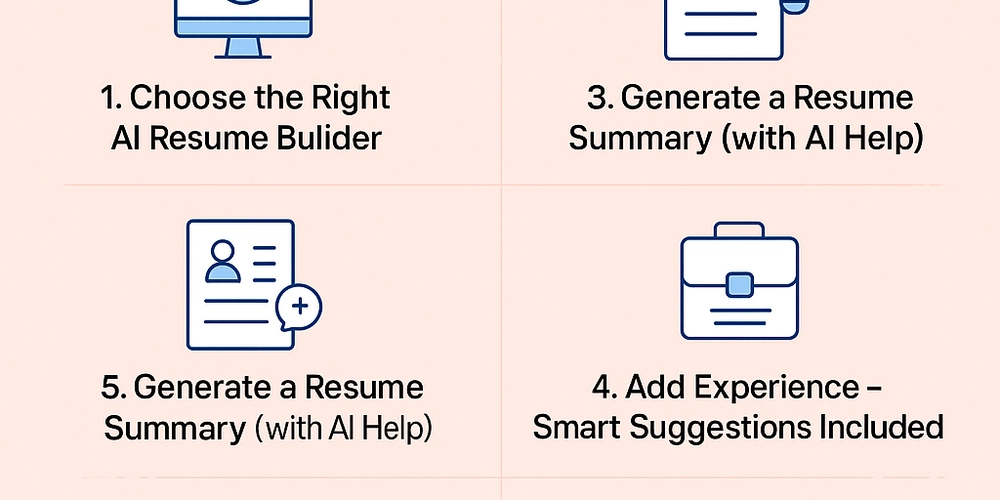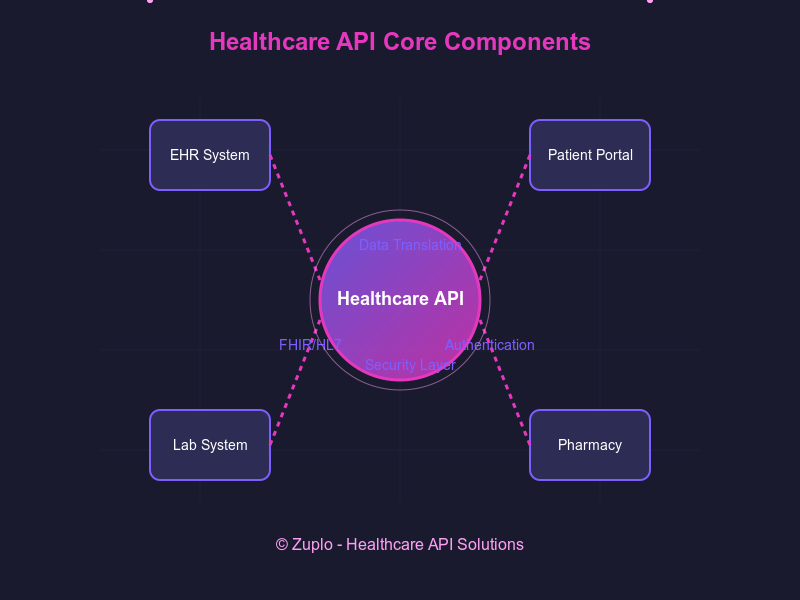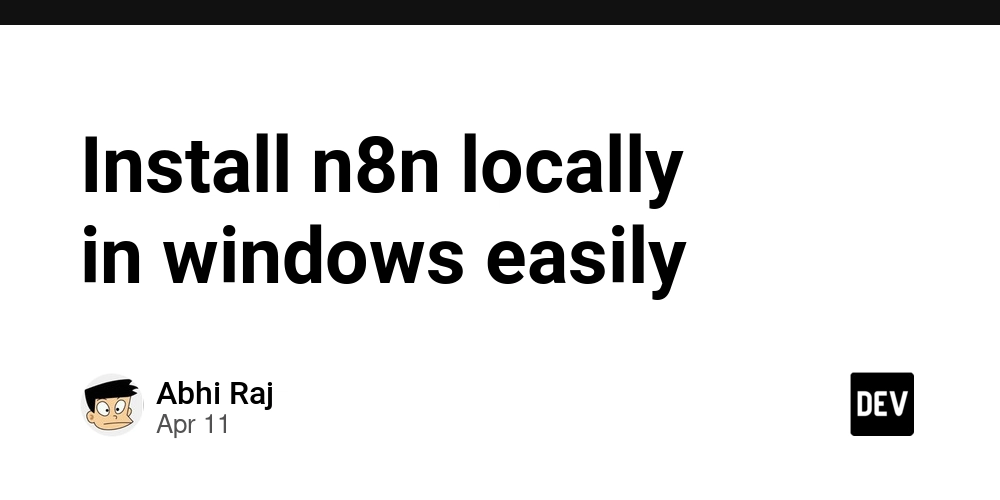Dealing with Pushback to Product Engineering
I was recently confronted by a product engineer colleague here at epilot, frustrated with some of his non-engineer colleagues who didn't seem to buy into the idea of involving engineers in the product process from the start. An all too familiar and frustrating situation for many of us. You think of yourself as a proud product engineer wanting to solve meaningful problems but then get slapped with a detailed feature specification designed by a group of non-developers without your input. Now they expect you to go deliver their vision. This is very much the reality in most product teams. Calling yourself a product engineer doesn’t automatically mean your voice will be welcomed. And that’s totally okay. The Ideal vs. the Reality In my past writings, I've painted the ideal: engineers who understand customer needs, question roadmaps, challenge designs, and contribute beyond code. But the reality is often much messier. Some PMs and designers love working closely with engineers. Others are still adjusting to the idea. And that’s fair. The product engineer mindset definitely isn’t the norm. Let’s not forget, PMs and designers are often under pressure too. It’s only natural they sometimes default to the most familiar and streamlined path. One that doesn’t always include engineers in the early stages. And let’s be honest. Sometimes engineers haven’t yet built the trust or skills to contribute meaningfully. The Friction Is Normal The moment you step outside your lane, you shouldn’t be surprised when the reaction isn’t overwhelmingly supportive. You will face skepticism. You might be seen as overstepping. You will encounter: Requests to give estimates for implementing someone else's design Roadmaps shared as top-down mandates UI prototypes handed over "ready for dev", expecting pixel-perfect implementation Pushback from asking too many questions This is the price of wanting to do more than just execute. And if we’re honest, many of us haven’t always shown up in these conversations in a way that earns trust. Is this a culture problem? Not necessarily. Most teams don’t have a rule against engineers joining product discussions. It’s just not the default. It’s less about policy and more about patterns. Changing those patterns takes trust, initiative, and persistence. At the end of the day, it’s the product engineer’s job to show that product engineering actually works. Earn the Trust Calling yourself a product engineer isn’t a free pass. No one hands you a seat at the product table just because you want it. You must earn it. Show, don’t tell. Do the homework. Know the names of your customers. Know the business domain. Talk to your colleagues, not just other devs. Find opportunities to interact with customers. Ask helpful questions that sharpen the team's product thinking. Dive into data. Gather insights. Find new metrics and ways to collect useful signals. Bring value to the table. Demonstrate you understand the customer problem by making thoughtful proposals that move the product forward. You need to show up in demos, RFCs, testing sessions, and reviews. Not just in code commits. Why Bother? Because it’s worth it. We do this for our own professional pride. To put great products into the hands of happy customers. And into our portfolios. We don’t challenge product decisions because we want to take over the PM’s job or undermine the work of our teammates. We do it because we care about impact. Because we want our effort to count. Because it hurts to pour weeks of your life into something that doesn't work, only to discover it failed because no engineer was involved in the concept phase. Our Leverage And here’s something to remember: We, as engineers, hold real leverage. We are the only ones who can actually turn product decisions into reality. No idea ships without us. So while we may not always get a say by default, we do get a say in how we show up and how deeply we choose to care. Use that leverage wisely. And proudly.

I was recently confronted by a product engineer colleague here at epilot, frustrated with some of his non-engineer colleagues who didn't seem to buy into the idea of involving engineers in the product process from the start.
An all too familiar and frustrating situation for many of us.
You think of yourself as a proud product engineer wanting to solve meaningful problems but then get slapped with a detailed feature specification designed by a group of non-developers without your input. Now they expect you to go deliver their vision.
This is very much the reality in most product teams. Calling yourself a product engineer doesn’t automatically mean your voice will be welcomed. And that’s totally okay.
The Ideal vs. the Reality
In my past writings, I've painted the ideal: engineers who understand customer needs, question roadmaps, challenge designs, and contribute beyond code. But the reality is often much messier.
Some PMs and designers love working closely with engineers. Others are still adjusting to the idea. And that’s fair. The product engineer mindset definitely isn’t the norm.
Let’s not forget, PMs and designers are often under pressure too. It’s only natural they sometimes default to the most familiar and streamlined path. One that doesn’t always include engineers in the early stages.
And let’s be honest. Sometimes engineers haven’t yet built the trust or skills to contribute meaningfully.
The Friction Is Normal
The moment you step outside your lane, you shouldn’t be surprised when the reaction isn’t overwhelmingly supportive.
You will face skepticism.
You might be seen as overstepping.
You will encounter:
- Requests to give estimates for implementing someone else's design
- Roadmaps shared as top-down mandates
- UI prototypes handed over "ready for dev", expecting pixel-perfect implementation
- Pushback from asking too many questions
This is the price of wanting to do more than just execute. And if we’re honest, many of us haven’t always shown up in these conversations in a way that earns trust.
Is this a culture problem? Not necessarily. Most teams don’t have a rule against engineers joining product discussions. It’s just not the default. It’s less about policy and more about patterns. Changing those patterns takes trust, initiative, and persistence.
At the end of the day, it’s the product engineer’s job to show that product engineering actually works.
Earn the Trust
Calling yourself a product engineer isn’t a free pass. No one hands you a seat at the product table just because you want it. You must earn it. Show, don’t tell.
- Do the homework. Know the names of your customers. Know the business domain.
- Talk to your colleagues, not just other devs. Find opportunities to interact with customers.
- Ask helpful questions that sharpen the team's product thinking.
- Dive into data. Gather insights. Find new metrics and ways to collect useful signals.
- Bring value to the table. Demonstrate you understand the customer problem by making thoughtful proposals that move the product forward.
You need to show up in demos, RFCs, testing sessions, and reviews. Not just in code commits.
Why Bother?
Because it’s worth it.
We do this for our own professional pride. To put great products into the hands of happy customers. And into our portfolios.
We don’t challenge product decisions because we want to take over the PM’s job or undermine the work of our teammates. We do it because we care about impact. Because we want our effort to count.
Because it hurts to pour weeks of your life into something that doesn't work, only to discover it failed because no engineer was involved in the concept phase.
Our Leverage
And here’s something to remember: We, as engineers, hold real leverage. We are the only ones who can actually turn product decisions into reality. No idea ships without us.
So while we may not always get a say by default, we do get a say in how we show up and how deeply we choose to care.
Use that leverage wisely. And proudly.




























![[Webinar] AI Is Already Inside Your SaaS Stack — Learn How to Prevent the Next Silent Breach](https://blogger.googleusercontent.com/img/b/R29vZ2xl/AVvXsEiOWn65wd33dg2uO99NrtKbpYLfcepwOLidQDMls0HXKlA91k6HURluRA4WXgJRAZldEe1VReMQZyyYt1PgnoAn5JPpILsWlXIzmrBSs_TBoyPwO7hZrWouBg2-O3mdeoeSGY-l9_bsZB7vbpKjTSvG93zNytjxgTaMPqo9iq9Z5pGa05CJOs9uXpwHFT4/s1600/ai-cyber.jpg?#)













































































































































![[The AI Show Episode 144]: ChatGPT’s New Memory, Shopify CEO’s Leaked “AI First” Memo, Google Cloud Next Releases, o3 and o4-mini Coming Soon & Llama 4’s Rocky Launch](https://www.marketingaiinstitute.com/hubfs/ep%20144%20cover.png)




































































































































































































![Rogue Company Elite tier list of best characters [April 2025]](https://media.pocketgamer.com/artwork/na-33136-1657102075/rogue-company-ios-android-tier-cover.jpg?#)








































































_Andreas_Prott_Alamy.jpg?width=1280&auto=webp&quality=80&disable=upscale#)




























































































![What’s new in Android’s April 2025 Google System Updates [U: 4/18]](https://i0.wp.com/9to5google.com/wp-content/uploads/sites/4/2025/01/google-play-services-3.jpg?resize=1200%2C628&quality=82&strip=all&ssl=1)










![Apple Watch Series 10 Back On Sale for $299! [Lowest Price Ever]](https://www.iclarified.com/images/news/96657/96657/96657-640.jpg)
![EU Postpones Apple App Store Fines Amid Tariff Negotiations [Report]](https://www.iclarified.com/images/news/97068/97068/97068-640.jpg)
![Apple Slips to Fifth in China's Smartphone Market with 9% Decline [Report]](https://www.iclarified.com/images/news/97065/97065/97065-640.jpg)


































































































































